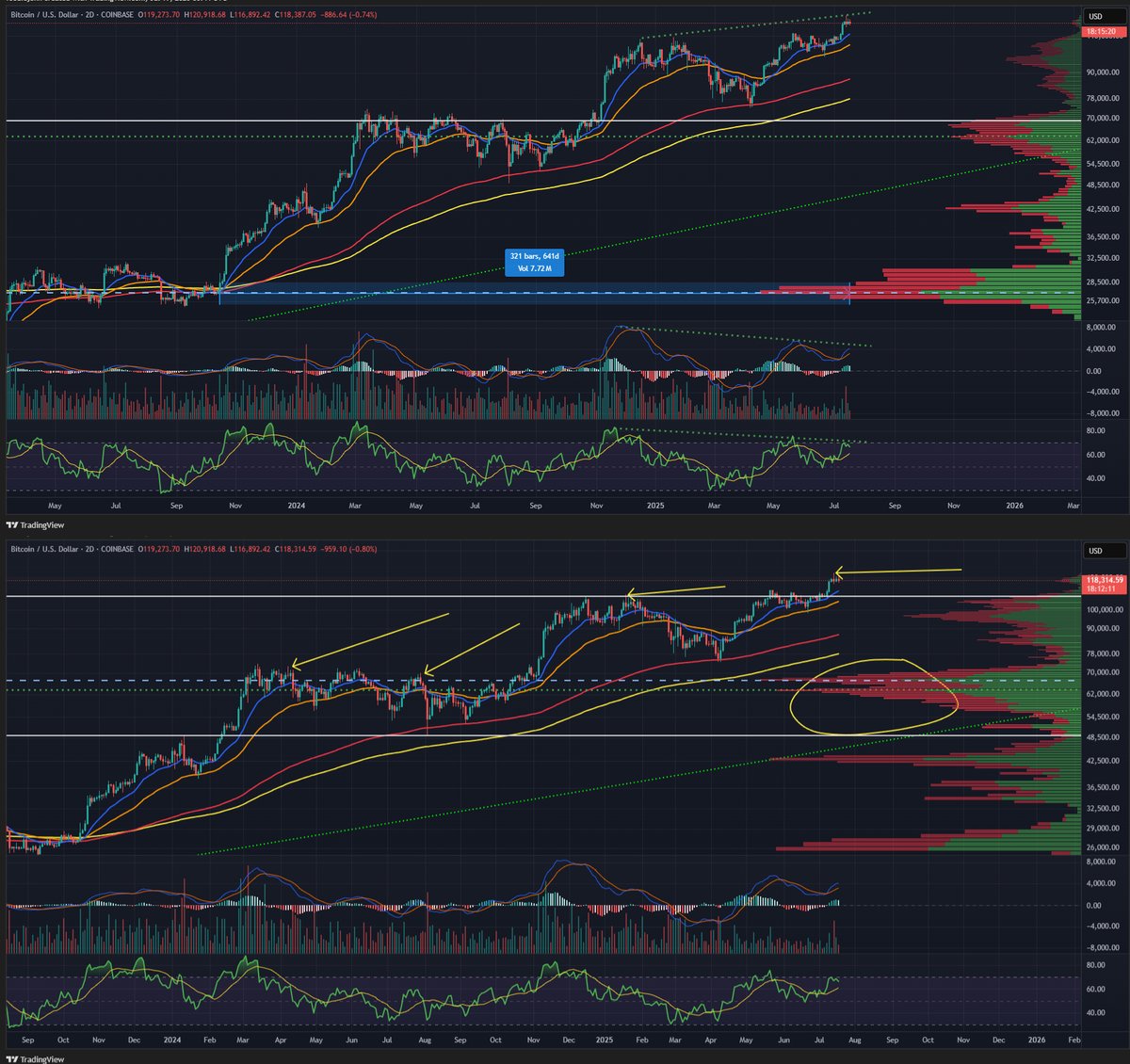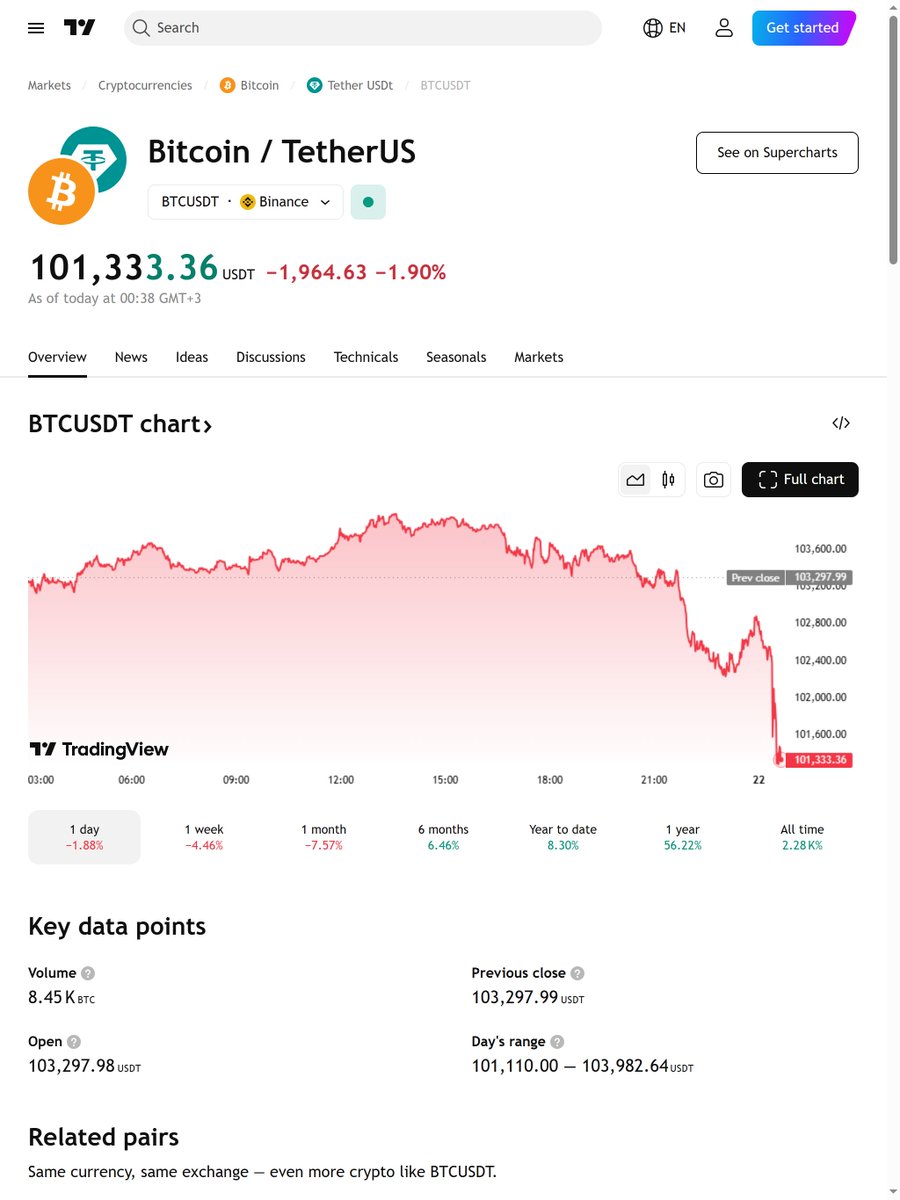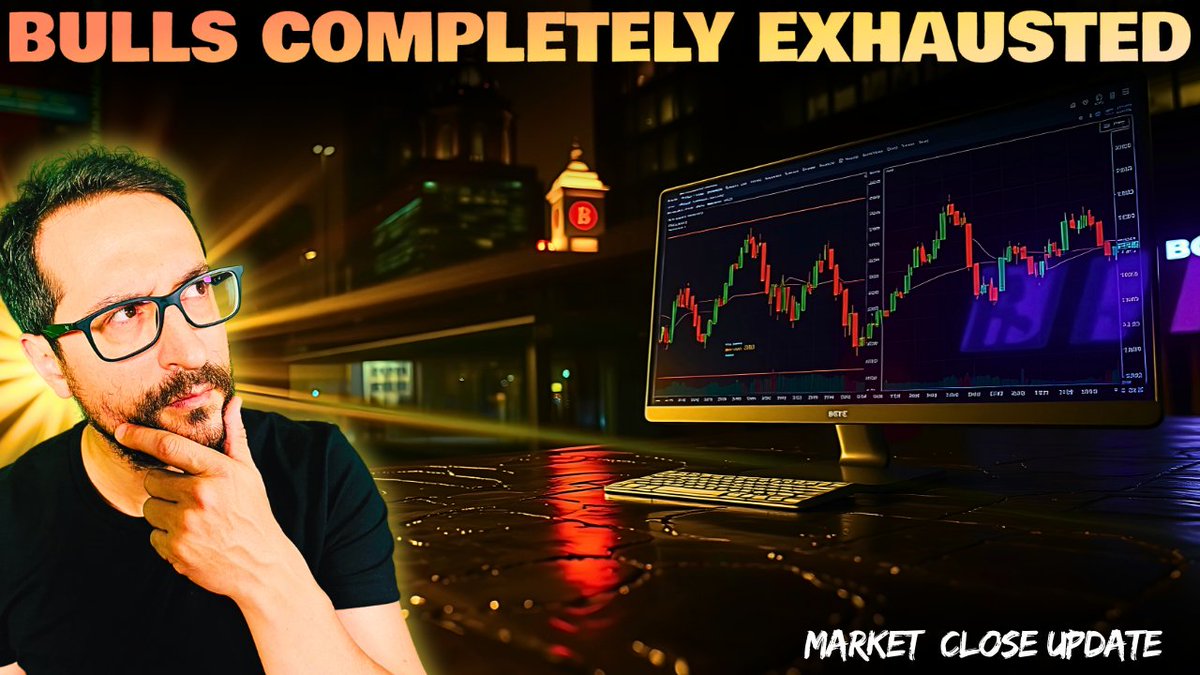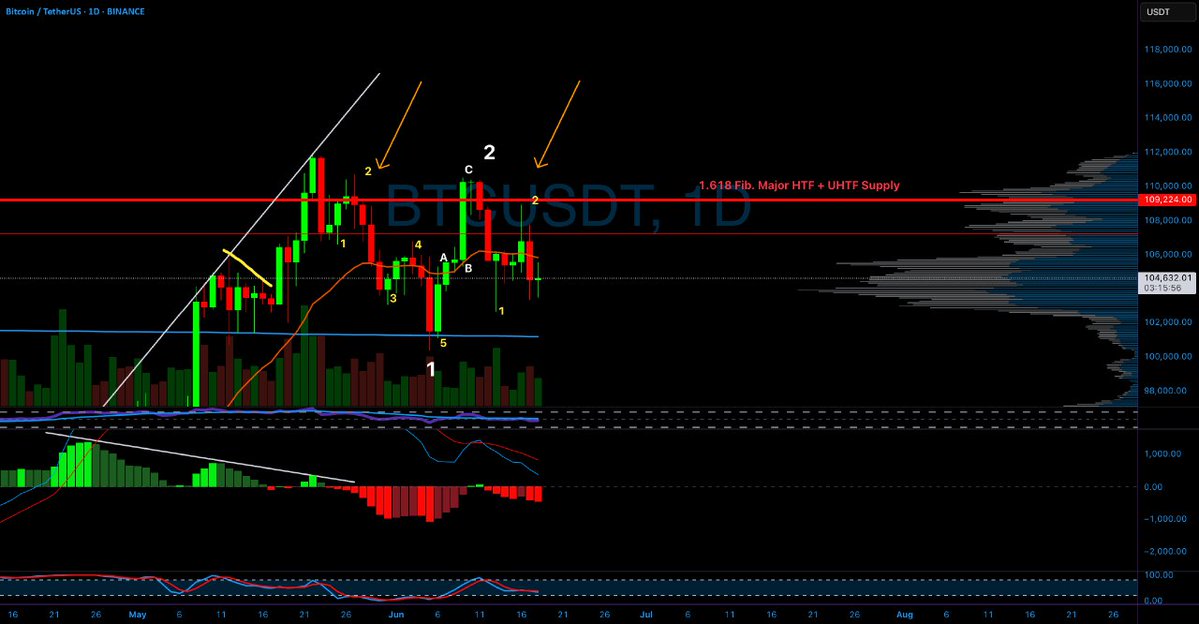“`markdown
Decoding the Digital Ledger: Navigating the Landscape of Cryptocurrency and Blockchain
Introduction: The Digital Revolution in Finance
The financial world is undergoing a profound transformation, driven by the relentless advancement of technology. At the heart of this revolution are cryptocurrencies and blockchain technology, which promise a future where transactions are faster, more secure, and more transparent. However, navigating this complex landscape requires a deep understanding of both the technical underpinnings and the broader implications for economies, societies, and individuals.
The Building Blocks: Understanding the Technology
What is a Cryptocurrency?
A cryptocurrency is a digital or virtual currency designed to function as a medium of exchange. It leverages cryptography for security and to regulate the creation of new units. Bitcoin, the first and most well-known cryptocurrency, was introduced in 2009 and operates on a decentralized technology known as blockchain [9].
The Blockchain: A Distributed Digital Ledger
Blockchain is essentially a distributed digital ledger that records transactions in a secure and transparent manner. Each block in the chain contains a batch of recent transactions, and each block is linked to the previous one, forming a chronological chain. This structure makes it extremely difficult to alter or tamper with the data, as any change would require altering all subsequent blocks.
Key Features of Blockchain
– Decentralization: Unlike traditional currencies controlled by central banks, cryptocurrencies operate on a decentralized network, meaning no single entity has control.
– Cryptography: Strong cryptographic techniques secure transactions and prevent fraud.
– Transparency: All transactions are recorded on the public blockchain, making them auditable.
– Immutability: Once a transaction is recorded on the blockchain, it cannot be altered or reversed.
The Allure of Decentralized Finance (DeFi)
What is DeFi?
Decentralized Finance (DeFi) is one of the most exciting developments in the cryptocurrency space. DeFi aims to recreate traditional financial services, such as lending, borrowing, and trading, on decentralized blockchain networks. This removes the need for intermediaries like banks and brokers, offering greater efficiency, accessibility, and transparency.
Key Components of DeFi
– Smart Contracts: DeFi applications are built on smart contracts, self-executing contracts written in code and stored on the blockchain.
– Yield Farming: Users can earn rewards by providing liquidity to DeFi platforms, a process known as yield farming.
– Open Access: DeFi platforms are typically open to anyone with an internet connection, making financial services more accessible to underserved populations.
Risks and Challenges
However, DeFi also comes with its own set of risks, including smart contract vulnerabilities, regulatory uncertainty, and the potential for scams.
Beyond Bitcoin: A Diverse Ecosystem
The Rise of Altcoins
While Bitcoin remains the dominant cryptocurrency, the ecosystem has expanded to include thousands of other cryptocurrencies, each with its own unique features and use cases. Ethereum, for example, is a blockchain platform that allows developers to build and deploy decentralized applications (dApps).
Types of Cryptocurrencies
– Altcoins: Cryptocurrencies other than Bitcoin are often referred to as altcoins.
– Stablecoins: These cryptocurrencies are pegged to a stable asset, such as the US dollar, to reduce volatility.
– Central Bank Digital Currencies (CBDCs): Many central banks around the world are exploring the possibility of issuing their own digital currencies [7].
The diversity of the cryptocurrency ecosystem reflects the wide range of potential applications for blockchain technology.
The Future of Money: Transformation or Trend?
The Digital Revolution
Eswar Prasad, in “The Future of Money,” explores how the digital revolution is transforming currencies and finance [7]. He highlights the potential of digital currencies to improve financial inclusion, reduce transaction costs, and foster innovation. However, he also cautions about the risks of financial instability, illicit activities, and the erosion of privacy.
A Hybrid Future
The future of money is likely to be a hybrid one, where digital currencies coexist with traditional currencies. Cryptocurrencies may play a more significant role in certain sectors, such as cross-border payments and peer-to-peer lending. CBDCs could also become more prevalent, offering a digital alternative to cash.
Navigating the Challenges and Opportunities
Regulatory Landscape
Governments around the world are grappling with how to regulate cryptocurrencies, balancing the need to protect consumers and prevent illicit activities with the desire to foster innovation.
Security Concerns
Security remains a major concern, with cryptocurrency exchanges and wallets being frequent targets of hackers.
Scalability Issues
Some cryptocurrencies face scalability issues, meaning they cannot process a large number of transactions quickly and efficiently.
Environmental Impact
The energy consumption of some cryptocurrencies, particularly Bitcoin, has raised concerns about their environmental impact.
Despite these challenges, the potential benefits of cryptocurrencies and blockchain technology are undeniable. They offer the opportunity to create a more efficient, accessible, and transparent financial system.
The Road Ahead: A Decentralized Tomorrow?
The journey into the world of cryptocurrency and blockchain is not for the faint of heart. It requires a willingness to learn, adapt, and embrace the unknown. However, for those who are willing to take the plunge, the rewards could be significant. The digital revolution is transforming the very nature of money, and understanding these changes is essential for navigating the future of finance. The potential for decentralized systems to reshape our world is immense, and we are only just beginning to scratch the surface.
Sources
“`











